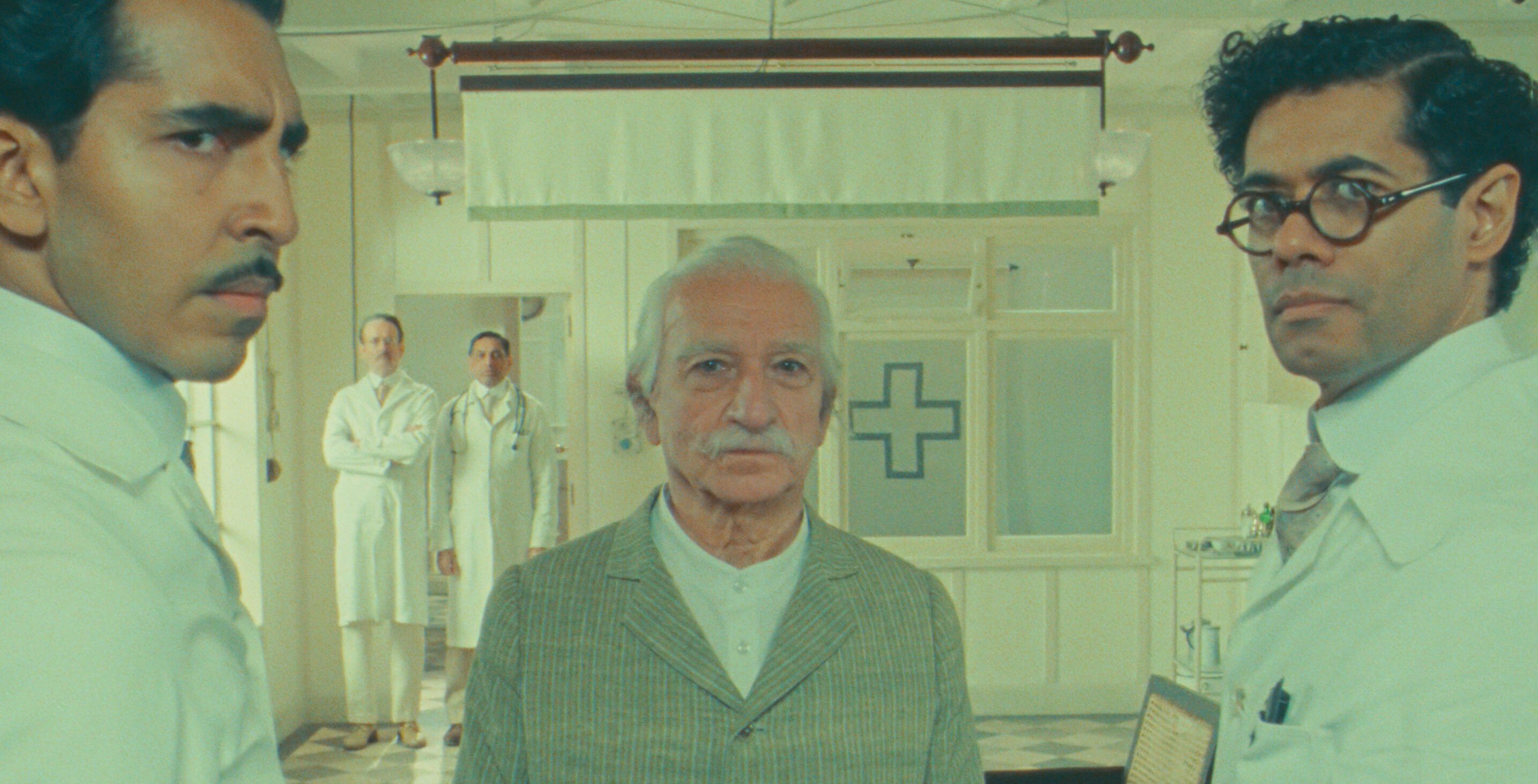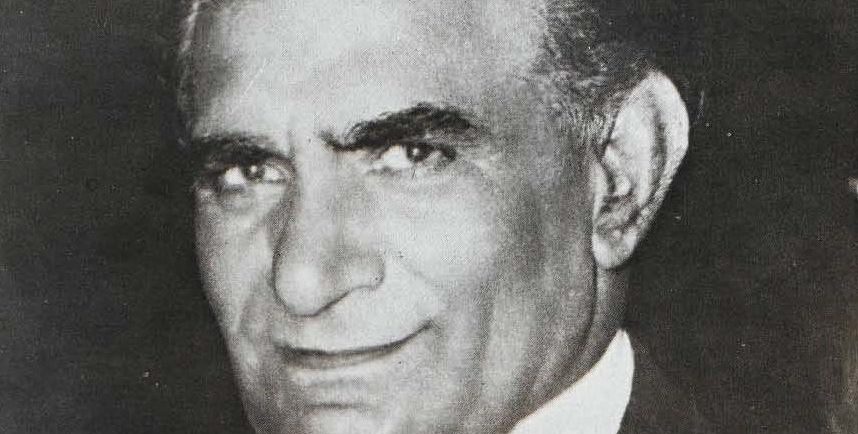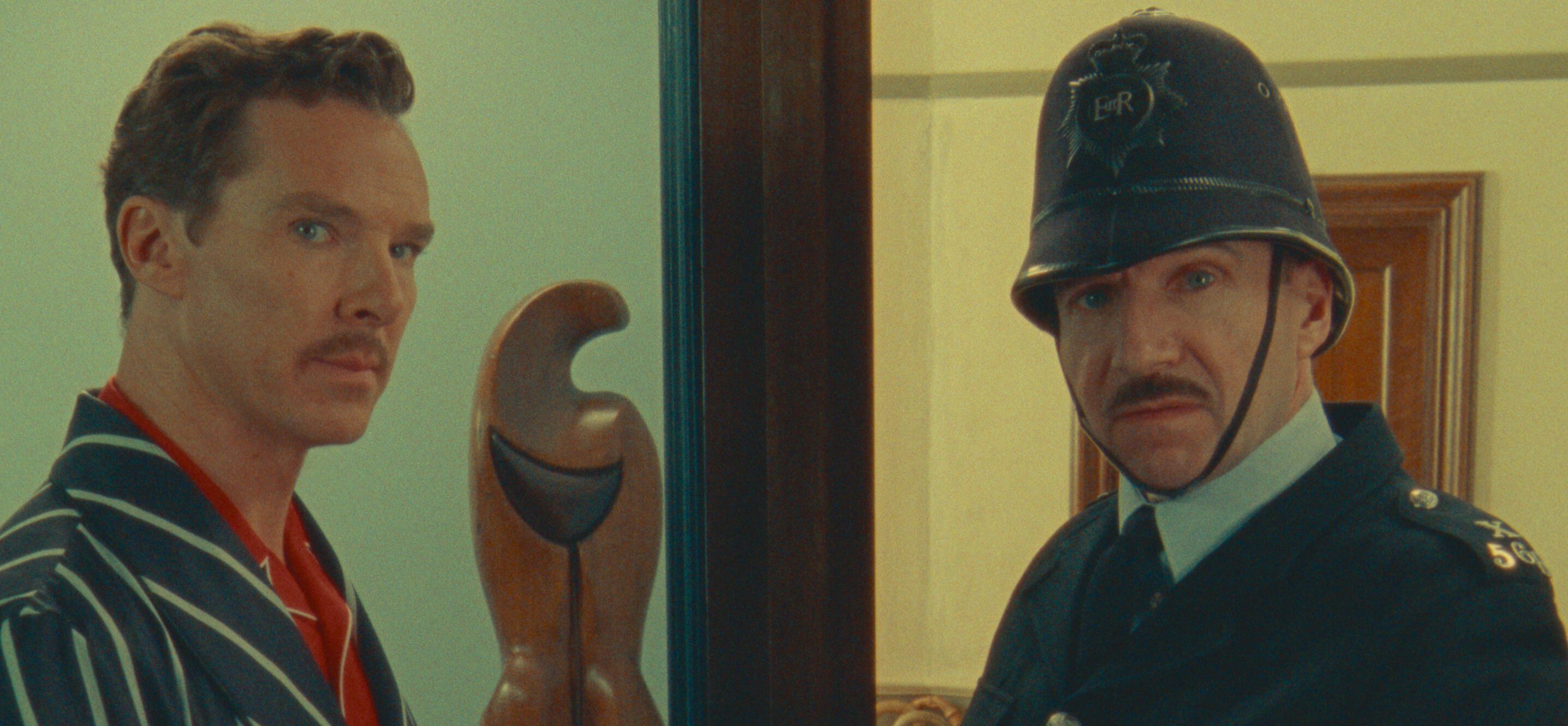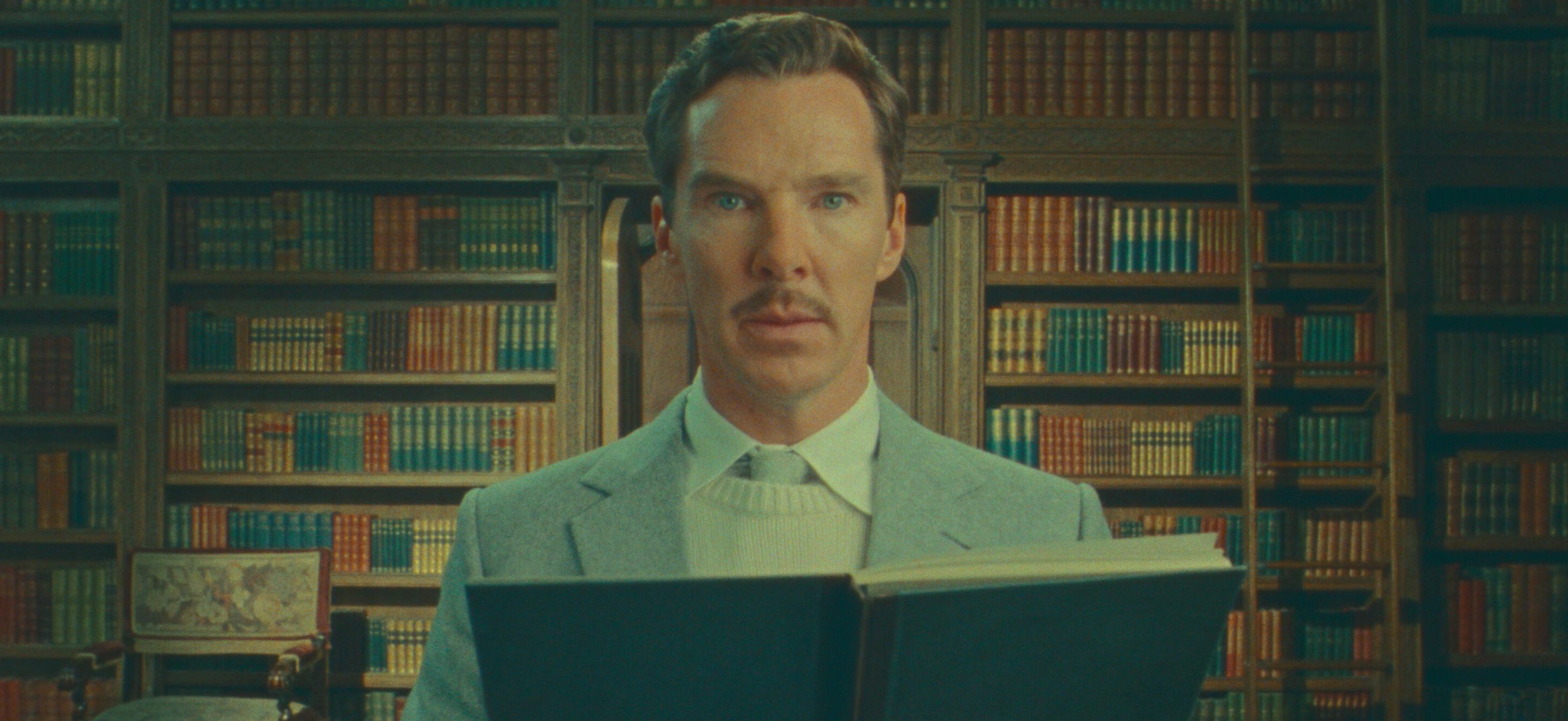Directed by Wes Anderson, Netflix’s fantasy short film ‘The Wonderful Story of Henry Sugar’ revolves around a rich English man named Henry Sugar, who learns about a Kashmiri magician named Imdad Khan, who could see without his eyes. Upon reading about Imdad’s life and his unbelievable ability, written by a doctor named Z. Z. Chatterjee, Henry sets out to master the art of seeing without eyes and seeing through materials for a prosperous future. The short film progresses through the challenges Henry faces to master the ability. Since the protagonist himself claims that his life is a true story, the viewers must be eager to know whether the short film is based on one. Well, let us provide the answer!
The Wonderful Story by Roald Dahl
‘The Wonderful Story of Henry Sugar’ is based on the eponymous short story written by British author Roald Dahl, which is included in the short story collection ‘The Wonderful Story of Henry Sugar and Six More.’ The film is the first part of a 4-part short film series, which also comprises ‘The Swan,’ ‘The Ratcatcher,’ and ‘Poison.’ “[…] for a long time I’ve had this idea to do Henry Sugar. But when I realized that it was only going to add up to a certain length, I had to say to myself, ‘Let’s just let it be what it is, and this is the length that it wants to be,’ director Wes Anderson told Deadline about adapting the short story.

The adaptation was a challenging endeavor for Anderson, who previously adapted Dahl’s ‘Fantastic Mr. Fox’ into the eponymous stop-motion animated film. “Henry Sugar, I just couldn’t figure out how to adapt. I just didn’t see a way to do it. And then it was the idea of using his description of it, really, that appealed to me,” Anderson said in the same Deadline interview. “I thought, ‘Well, that would be fun to do. I could see a way to do that.’ Because I realized that much of what I’d always loved about the story was simply his voice throughout it, and I said, ‘Well, there’s one way to keep his voice — just use it.’ And so that’s what we did,” he added.
The True Story of Imdad Khan
The short film begins with Henry Sugar reading about the unbelievable life of Imdad Khan, who claimed that he could see through materials and see without opening his eyes. The character is based on Kuda Bux, a Pakistani fakir, magician, and firewalker. Born as Khudah Bukhsh, Bux was born in Akhnur, Kashmir, to an ethnic Kashmiri family. He eventually became a Pakistani citizen. As per reports, it was an Indian yogi named Banerjee who taught Bux to apparently walk through the fire and see without his eyes. In the mid-1930s, he arrived in the United States to become the “DareDevil” or “The Man Who Can See Without His Eyes.”

When Bux’s reputation grew, some people set out to unravel the mystery behind the same. As Chatterjee does in the short film, renowned psychic researcher Harry Price placed a lump of dough on each of Bux’s eye-sockets to test the claim that the magician can see without his eyes. “[Bux’s] head and face were swathed… only the nostrils and mouth free. He was now ready to demonstrate,” Price wrote in ‘Confessions of a Ghost-Hunter.’ The test ended with, as per reports, Bux reading page after page from the books Price placed in front of the magician after closing his eyes.
Bux claimed that it took him more than a decade of intense meditation to master the art of seeing without his eyes. In the short film, Chatterjee wrote about Bux’s history. In real life, the person who did the same was none other than Dahl himself. The author wrote a profile of the magician in the July 1952 issue of Argosy magazine. Bux died in 1981 in his sleep, as Imdad Khan dies in the short film, at the age of 75.
The “Fictional” Story of Henry Sugar
Although Imdad Khan is based on a real person, Henry Sugar does not have a real-life counterpart. The character was conceived by Dahl for his short story irrespective of the claims of the protagonists, Henry Sugar and the fictionalized version of the author himself, that Henry’s tale is not a “made up story.” Using the fictional character of Henry, Dahl managed to craft a “Robin Hood” tale in which the former uses his abilities to earn money, which is used to set up hospitals and orphanages for children. Henry’s tale teaches us that money’s value and worth are forever shifting if not used by people who don’t really need the same.

The fictional character of Henry allowed Dahl to craft a message to his young readers regarding money and wealth in general. The author made it possible by integrating the true story of Kuda Bux and the fictitious story of Henry Sugar.
Read More: Wes Anderson’s Michael Cera Film to be Shot in the UK


